Linh Giang Pagoda on the Ma River.
“In the year of Dinh Suu (1397), spring, January, Quy Ly sent the Minister of Personnel and the Grand Historian Do Tinh (some books record him as Man) to survey the land and measure An Ton cave, Thanh Hoa province, build a citadel, dig a moat, establish a communal temple, open streets, with the intention of moving the capital there. In March, the work was completed” - The woodblock of Dai Viet Su Ky Toan Thu, volume 8, has general records about the history of the construction of An Ton Citadel - Ho Dynasty Citadel. That important event created profound changes in the countryside "at the end of the water and the beginning of the mountain", making this land the political center of the whole country.
According to ancient documents and excavation results, heritage surveys show that the Ho Dynasty Citadel at that time was planned and built very systematically and on a large scale. In particular, outside the 4 gates of the citadel were bustling streets of trade, urban areas... The once bustling streets of the capital are now only a thing of the past, replaced by the presence of traditional villages. Next to the stone citadel, dozens of traditional villages are distributed in the buffer zone and surrounding areas as witnesses of history. The names of Xuan Giai, Tay Giai, Dong Mon, Tho Phu, Phuong Giai villages... have become connecting points, must-see sights on the journey to the land of Tay Do, to the Ho Dynasty Citadel. Each village holds in its heart many values, hidden in the works, architecture, in each house, customs, habits,... continued and passed down from generation to generation.
Coming to the Western Capital, tourists can not only enjoy the beautiful natural scenery, explore the Ho Dynasty Citadel, the "unique" stone architecture citadel, the most magnificent stone masterpiece in Southeast Asia, recognized by UNESCO as a world cultural heritage, or visit the ancient villages and temples at the foot of the citadel. The Western Capital is like a unique religious and spiritual land with a system of unique communal houses, temples, pagodas, altars...
Located about 2.5km southeast of Ho Dynasty Citadel, about 45km northwest of Thanh Hoa City along National Highway 45, Nam Giao Altar is located in the old Cao Mat commune, now Vinh Loc town. The Altar has an area of about 2 hectares, with its back leaning against Don Son (Dun Mountain), and its front is "Nam Giao Field", built on 5 levels of foundation gradually rising from the foot of Don Son, with a rectangular structure facing South. At the highest position, in the middle of the Altar, is a large round green stone block forming an altar with a diameter of 4.75m, surrounded by square stone walls according to the concept of round sky and square earth. In addition, architectural traces of the surrounding foundation levels were also discovered: upper foundation, middle foundation, lower foundation... Nam Giao Altar is the most important religious work of the Ho Dynasty, annually holding a ceremony to worship heaven, praying for national peace, people's peace or a ceremony on the occasion of general amnesty.
In the land of Tay Do, names such as Binh Khuong temple, Linh Giang pagoda, Nhan Lo pagoda, Tam Tong temple, Tuong Van pagoda (Giang pagoda)... weave many cultural and spiritual colors.
Tuong Van Pagoda (Giang Pagoda) is located at the foot of Dun Mountain. The formation of the pagoda is associated with the story of King Tran, on his way to lead his army to fight the Champa invaders, passing through Dun Mountain, seeing the beautiful and charming scenery, surrounded by mountains and rivers, he immediately ordered his army to set up camp for the night. In his sleep, the king dreamed of a strip of golden clouds appearing and disappearing, thinking it was a good omen, so he set up an altar to worship heaven and earth. Indeed, after that, the king led his troops and defeated the enemy. Returning in triumph, the king held a banquet to celebrate the victory, ordered his ministers to return to Dun Mountain to thank them and ordered the locals to build a small pagoda right at the old sacrificial area, naming the pagoda Tuong Van (Giang Pagoda).
Over time, Tuong Van Pagoda has changed a lot compared to the original but has not lost its beauty in architecture and landscape. The majestic three-door gate has 2 roof floors, the second floor is used as a bell tower. The second floor has 5 arched doors, the middle door is 3.7m high, the two sides of the door gradually lower down along the roof of the overlapping gate, with 8 curved areas, a total of 14 sword beams in order from low to high, increasing the majesty of the building. Two square fang pillars are built on the side of the gate. The carvings on this three-door gate have the image of mother and child dragons, sacred animals, etc. Passing through the three-door gate, going halfway up the mountain is the Buddha temple and the mother house. What is special is that everyone in Tuong Van Pagoda is in a meditation posture, on a lotus throne with 3 layers of lotus petals carved delicately. Walking in the space of the pagoda, visitors seem to be entering a pure, fresh spiritual world, shaking off all worries, and moving towards goodness.
1.5km west of Ho Dynasty Citadel, the sacred pagoda named Linh Giang leans against the mountain, faces the gentle Ma River, located near An Ton mountain range - one of the stone quarrying sites to build Ho Dynasty Citadel. Linh Giang means "sacred river" or "the sacredness of a river". Therefore, the pagoda not only has the beauty of mountains and rivers but is also a spiritual and peaceful place with the idea of protection and care of gods and Buddhas for the lives of the people here. Currently, there is no specific document determining the date of construction of the pagoda, all are only circulated among the people. In terms of scale and architecture, Linh Giang pagoda was previously built on a fairly large area of land, majestic with 4 rows of houses; the pagoda has a large bell tower, attached to the bell tower is a tower... This place marks many historical events associated with the two long-term resistance wars of the nation. This is one of the interesting stops on the journey to visit spiritual relics along the Ma River (heritage buffer zone).
With its own vitality and historical and cultural values, constantly preserved and effectively promoted, Tay Do is not only the past but also the present and future...
Article and photos: Thao Linh
Source: https://baothanhhoa.vn/vung-dat-cua-nhung-vang-dong-lich-su-lap-lanh-van-hoa-252112.htm



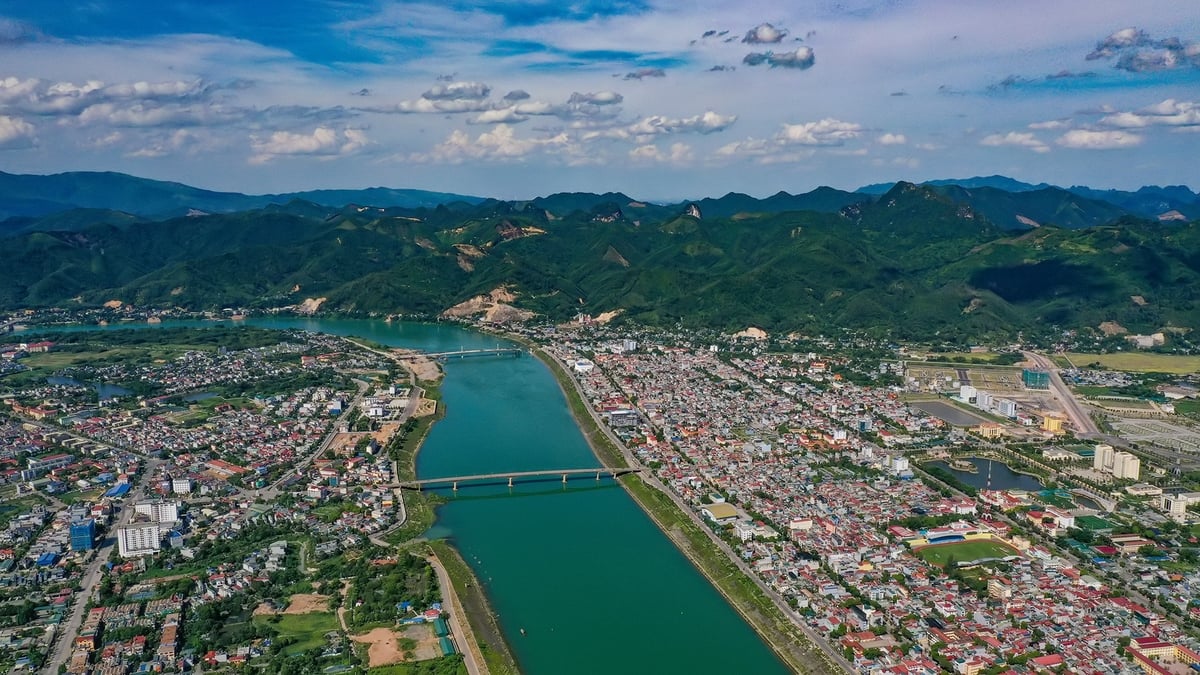








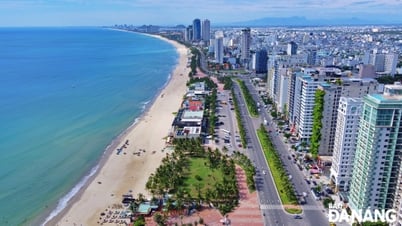


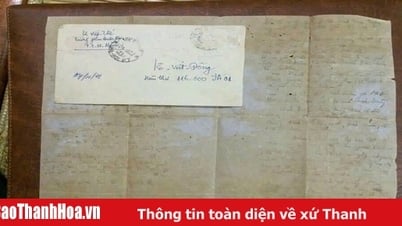







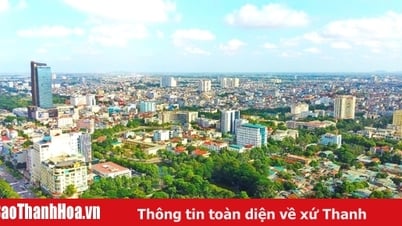

![[Video] Instructions on the process of receiving and handling administrative procedure records according to the provisions of Decree No. 118 of the Government](https://vphoto.vietnam.vn/thumb/402x226/vietnam/resource/IMAGE/2025/6/17/3fa28bed9d654390aa05ac37850ed5b6)
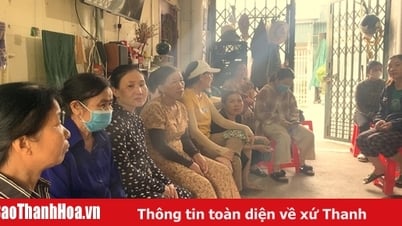








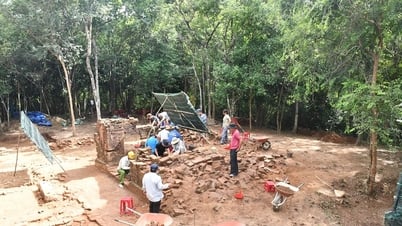
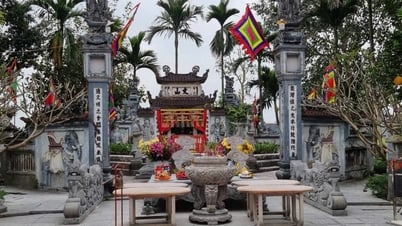

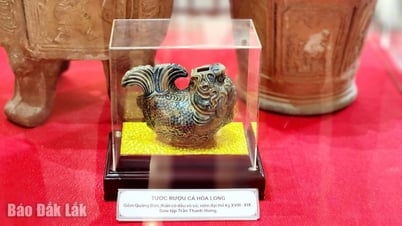







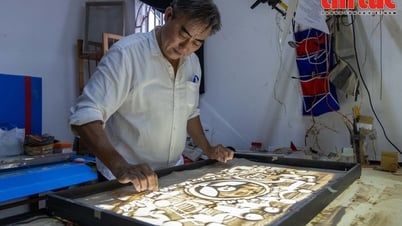








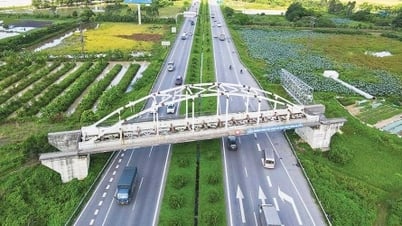
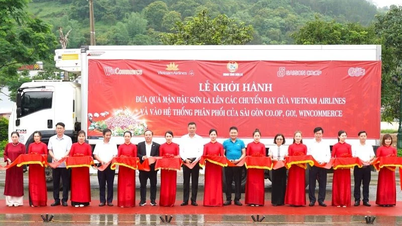








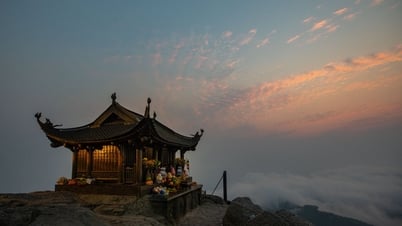






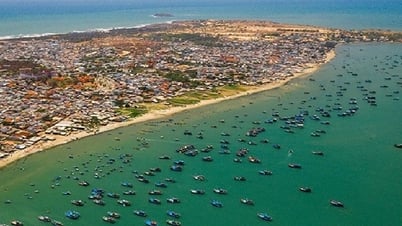
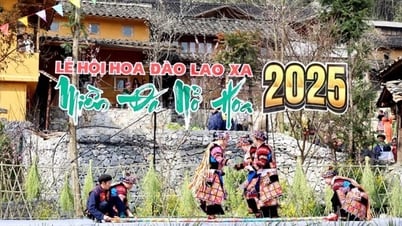
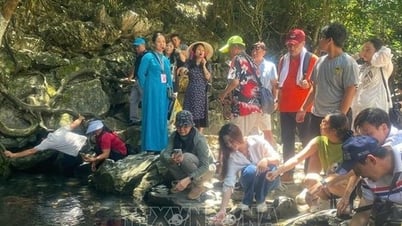
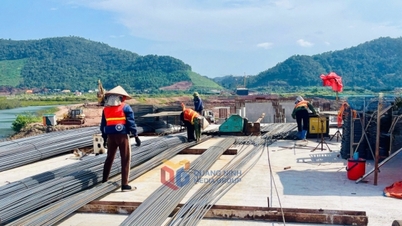






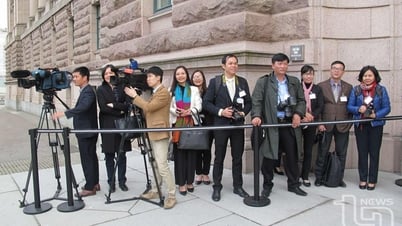

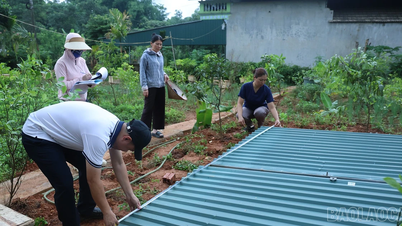










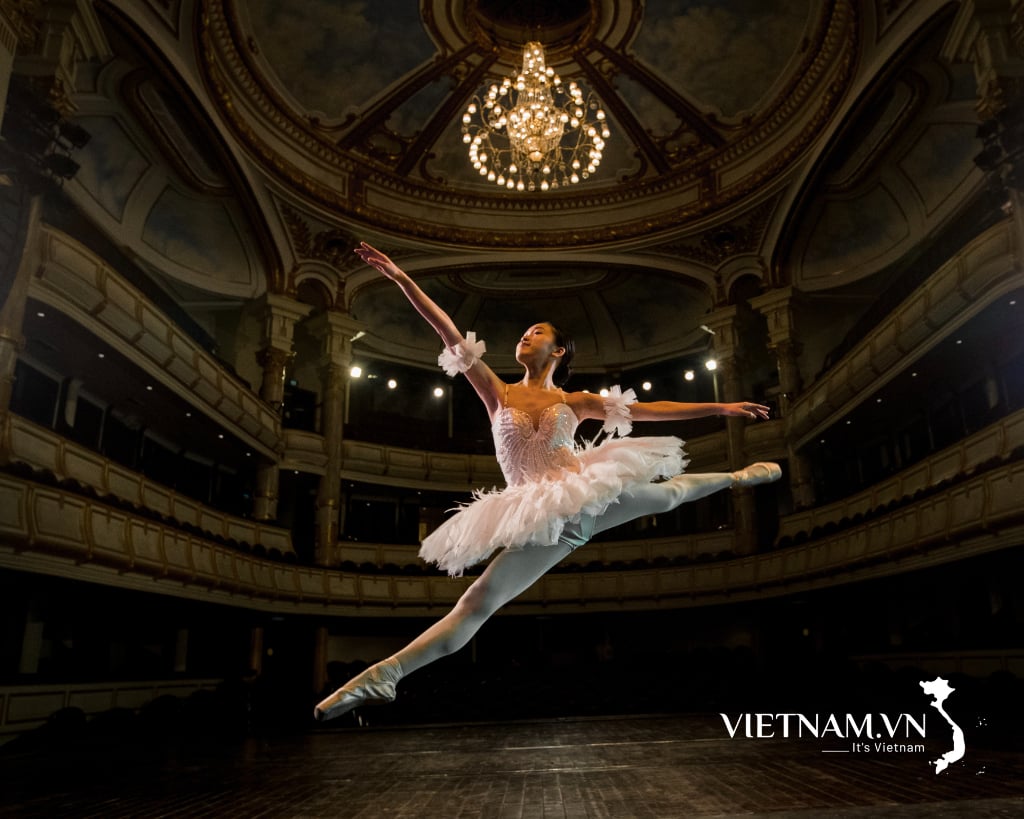
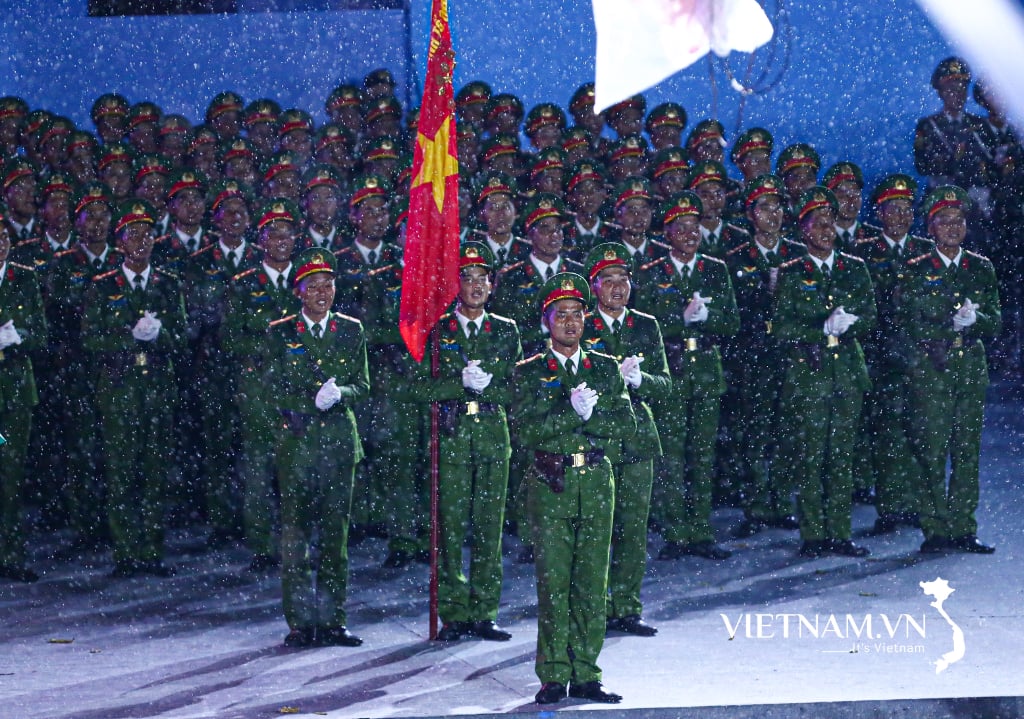


Comment (0)